
The Swedish government has announced a ban on discharges from scrubbers, effective from July 1, 2025 for open systems and from January 1, 2029 for all types.
The decision applies to all vessels operating in Swedish territorial waters, marking a significant shift in policy aimed at protecting marine ecosystems.
Minister of Infrastructure and Housing, Andreas Carlson, stated: "We are now banning ships from discharging scrubber water into Swedish waters. Most Swedish shipowners already run on fuel with a low enough sulphur content to not need scrubbers. But with this decision, no ships that operate in our seas are allowed to discharge scrubber water into Swedish territorial waters."
Ship scrubbers are designed to remove harmful pollutants from exhaust gases, thus lowering sulphur emissions. However, scrubbers with open systems discharge treated wash water, which contains various pollutants, directly into the sea. Closed systems, while preventing direct discharge, still produce drain water that can contain hazardous substances.
According to Minister of Climate and Environment, Romina Pourmokhtari, "Emissions from ship scrubbers are — even in very low concentrations — harmful to our marine environment." She added that the use of these systems increases overall fuel consumption by approximately 2-3 percent, contributing further to carbon dioxide emissions.
The government's decision aligns with its marine environment bill, which includes a memorandum submitted in June 2024 proposing a regulatory change. The amendments needed for the ban to take effect have now been approved.
As noted, the discharges from open ship scrubbers to water will be prohibited by mid-2025, while a total prohibition on discharges from all types of scrubbers to water will come into effect in early 2029.
This ban is part of broader regional initiatives on marine environmental protection. Alongside Sweden, Finland has implemented similar prohibitions, and Denmark is also moving towards a future ban on scrubber discharges.
The Swedish government says it is continuing to engage in international discussions to promote emission reductions across larger maritime areas, aiming to extend these protective measures beyond national waters.
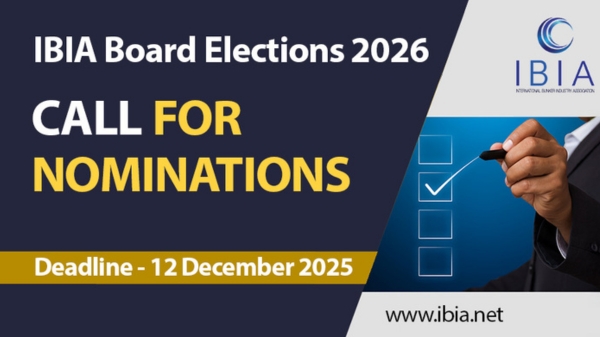
|
IBIA calls for board election nominations ahead of Friday deadline
Association seeks candidates for 2026 board positions with submissions closing 12 December. |
|
|
|
||
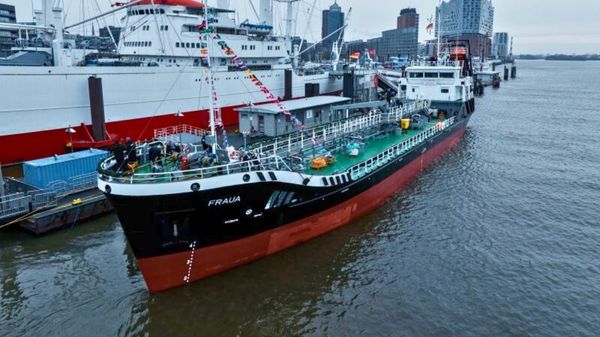
|
BMT Bunker adds tanker MT Fraua to fleet
BMT Bunker und Mineralöltransport has expanded its fleet with a new vessel. |
|
|
|
||
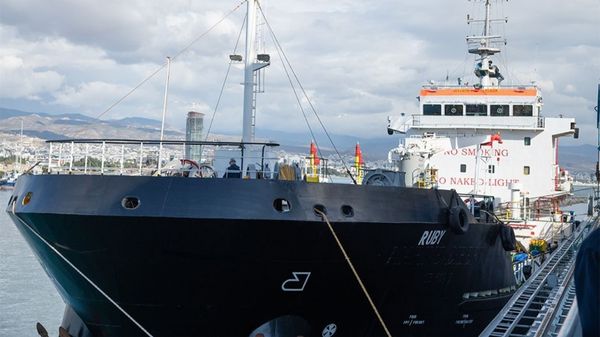
|
Island Oil expands Cyprus bunkering fleet with vessel Ruby
Island Oil adds second bunkering vessel to strengthen marine fuel supply operations in Cyprus. |
|
|
|
||
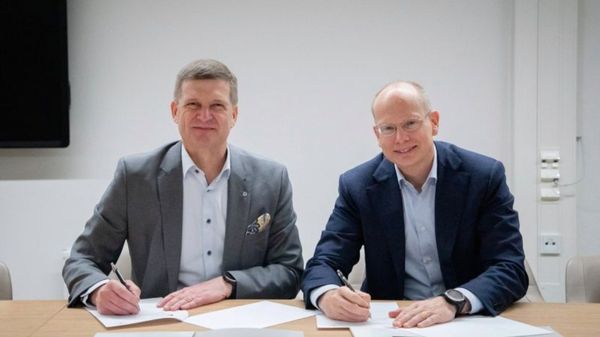
|
Wärtsilä and Aalto University extend R&D partnership to accelerate marine decarbonisation
Five-year agreement expands international collaboration on alternative fuels and clean energy technologies. |
|
|
|
||
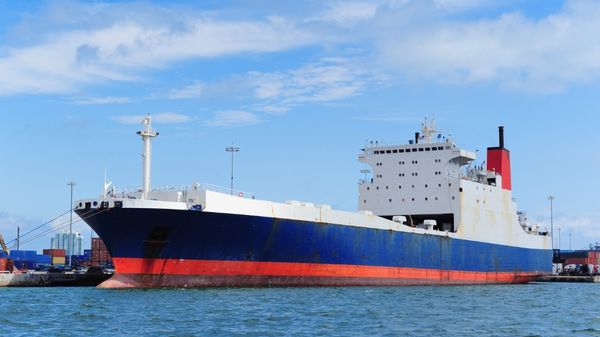
|
Bunker One USA outlines cost-cutting measures amid margin pressure
Supplier details operational adjustments, including fleet consolidation and asset optimisation to maintain competitiveness. |
|
|
|
||
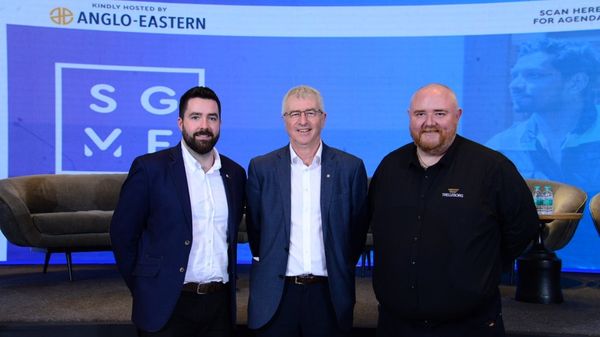
|
Trelleborg's Stafford appointed chair of SGMF technical committee
Andrew Stafford to lead three-year term on gaseous fuels safety guidance body. |
|
|
|
||
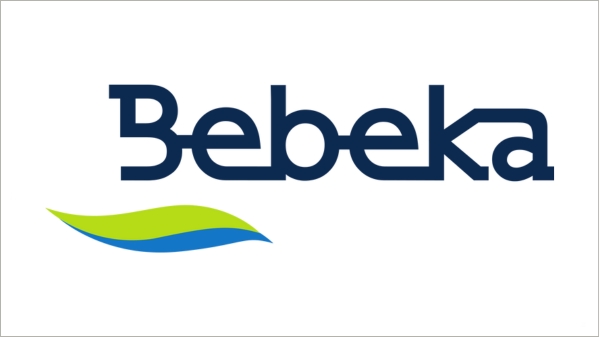
|
Bebeka seeks bunker trader for Groningen office
Shipping cooperative advertises role supporting global fuel supply and energy transition. |
|
|
|
||
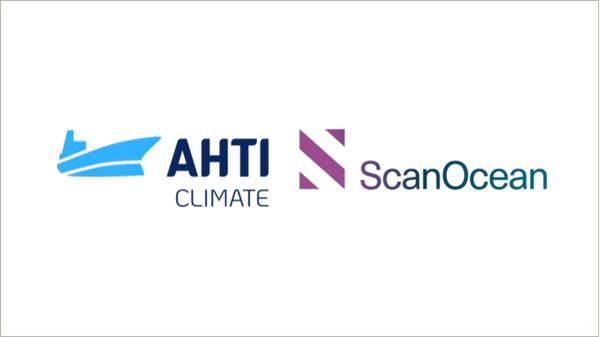
|
ScanOcean launches biofuel pooling solution with Ahti Climate
Bunker supplier targets FuelEU Maritime compliance with pool-in-pool arrangement for shipowners. |
|
|
|
||
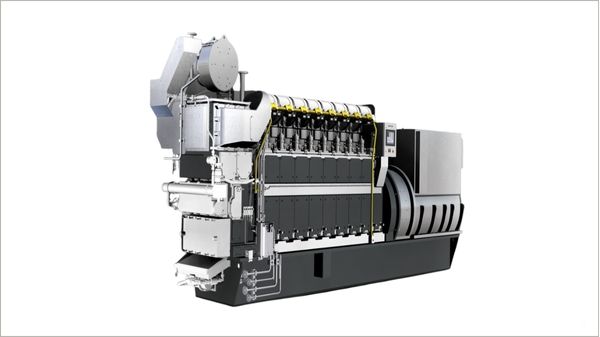
|
Everllence confirms ethanol operation on 21/31 four-stroke engine
Engine builder says tests in Denmark validated fuel flexibility of methanol-capable platform. |
|
|
|
||
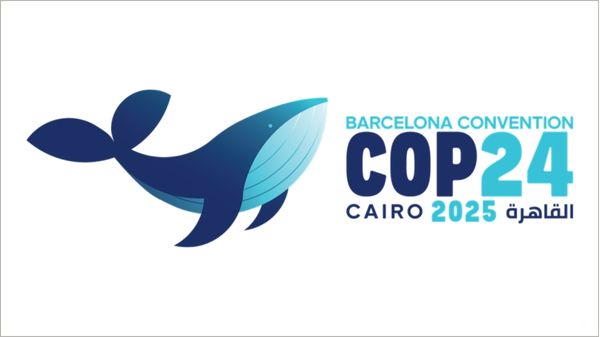
|
Mediterranean states adopt roadmap for low-carbon shipping transition
REMPEC welcomes decisions on emissions control areas and offshore pollution monitoring. |
|
|
|
||
| ScanOcean and Neste launch lower-emission gasoil in Sweden [News & Insights] |